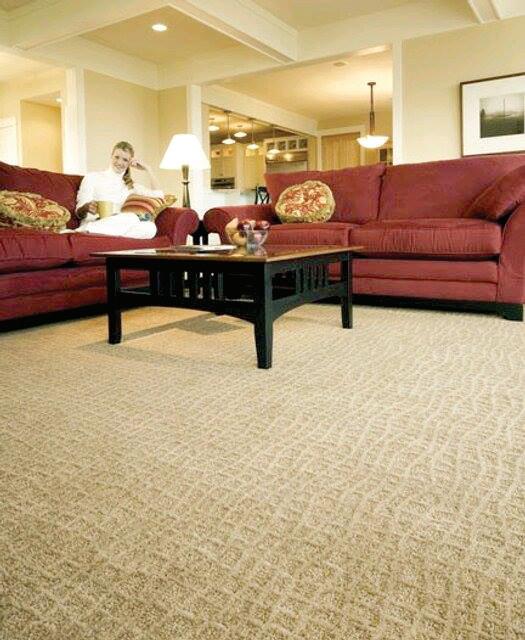
3 minute read
Choose home flooring
How to...
Choose home flooring
Advertisement
Kitchen and bathroom remodeling projects tend to make great investments, earning homeowners significant returns when they sell their homes down the road. But flooring upgrades are another home renovation project that can attract attention and help sellers when they put their homes on the market. Home flooring options abound, and it is easy to get excited and overwhelmed about flooring renovation projects. When choosing new flooring materials, homeowners should keep in mind the latest consumer trends, as those trends might help them recoup more of their flooring investment down the road.
One popular flooring trend is the use of sustainable materials. In addition to the more widely known benefits of choosing sustainable flooring, such as protecting natural resources and reducing a home’s carbon footprint, sustainable flooring can help reduce indoor air pollution. Various studies from the U.S. Environmental Protection Agency have shown that indoor air pollutant levels may be higher indoors than outdoors. A major contributor to indoor air pollution are the volatile organic compounds, or VOCs, being off-gassed by carpeting and other flooring in a home.
Flooring manufacturers and designers are embracing the green design and remodeling movement. Today there are many beautiful and sustainable eco-flooring options. Here are some of the more popular materials.
• Bamboo: Contrary to popular belief, bamboo is not a wood, but a grass. It is a fast-growing grass, and that makes it a smart choice in many design applications. Also, unlike wood, which will absorb moisture and can warp, bamboo repels water and can be used for flooring in areas where one wouldn’t think to put wood, such as in bathrooms, entryways or mudrooms. Bamboo is naturally very light in col
12 | Consumer Guide or, but can be stained in many different hues to give homeowners more options.
• Green carpeting: Consumers can now find a wide range of sustainable carpets and rugs that are available at competitive prices. Wool carpets made with undyed or vegetable-dyed yarns and minimal glues are some options. Some carpets are even made from recycled content, such as rubber and plastics. Water-based, low-VOC adhesives paired with recycled cotton padding can reduce the toxicity and impact of carpeting even further.
• Cork: Growing in popularity, cork is a material harvested from the bark of cork trees found in the forests of the Mediterranean. The bark grows back every three years, so it is a handy renewable resource. Cork boasts fire-retardant properties and may naturally repel insects. It can usually be stained to suit various color schemes.
• Rubber: Rubber flooring may call to mind fitness gyms and playground safety substrate, but it’s also slowly finding its way into homes. Made from recycled tires, rubber flooring is flexible underfoot and can be long-lasting and colorful.
• Reclaimed wood: Rather than purchasing brand new hardwood planks for flooring, homeowners can opt for reclaimed wood reused from other building applications. After some sanding, staining and finishing, reclaimed wood provides homeowners with the opportunity to choose traditional hardwood flooring without any concerns about deforestation. Eco-friendly flooring materials continue to evolve and can be smart choices in today’s homes.
Serving Newton, Rockdale & surrounding counties for over 35 years!
We meet or beat any price you have in writing.
We specialize in Brand Names of: Carpet, Vinyl, Hardwood, Laminate, VCT, Luxury Vinyl Tile, Rugs, LVP Luxury Vinyl Plank Residential & Commercial 12 Months Same as Cash Financing Available



770-786-9245 hardysfloors.com • sales@hardyfloors.com 2227 Emory Street NW • Covington, GA Monday – Friday 7:30 am – 4:30 pm • Saturday 10:00 am – 2:00 pm










